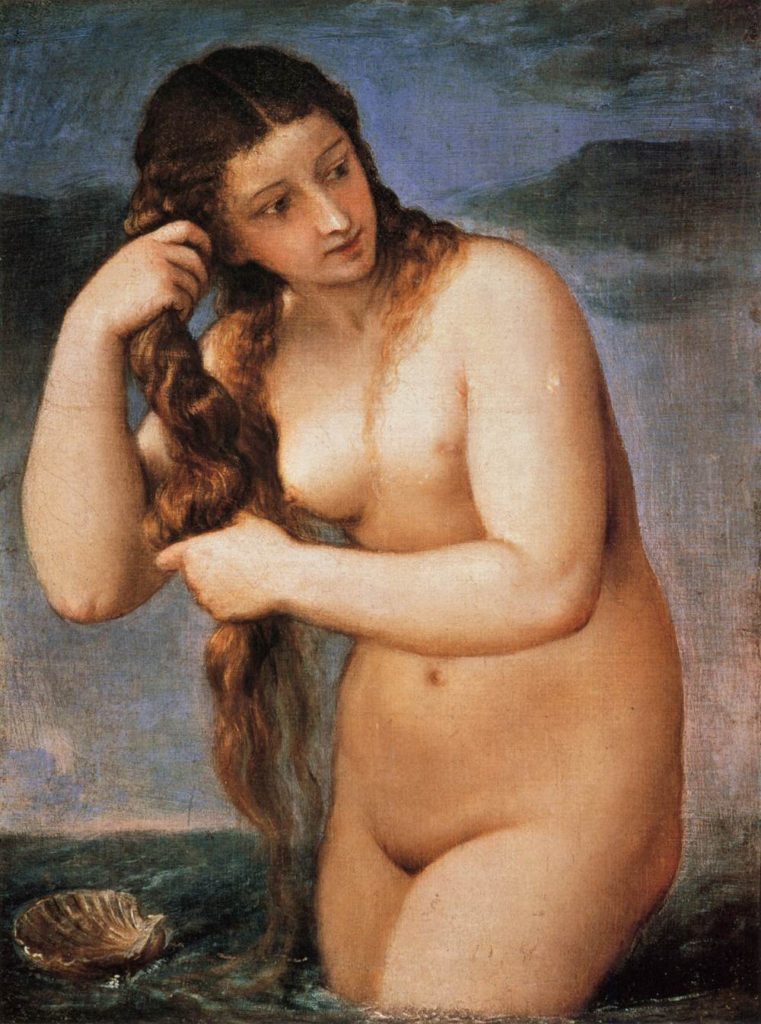When Venice Ruled the Seas
Venice, known as “la Serenissima,” from its start was different from any other place in Italy.
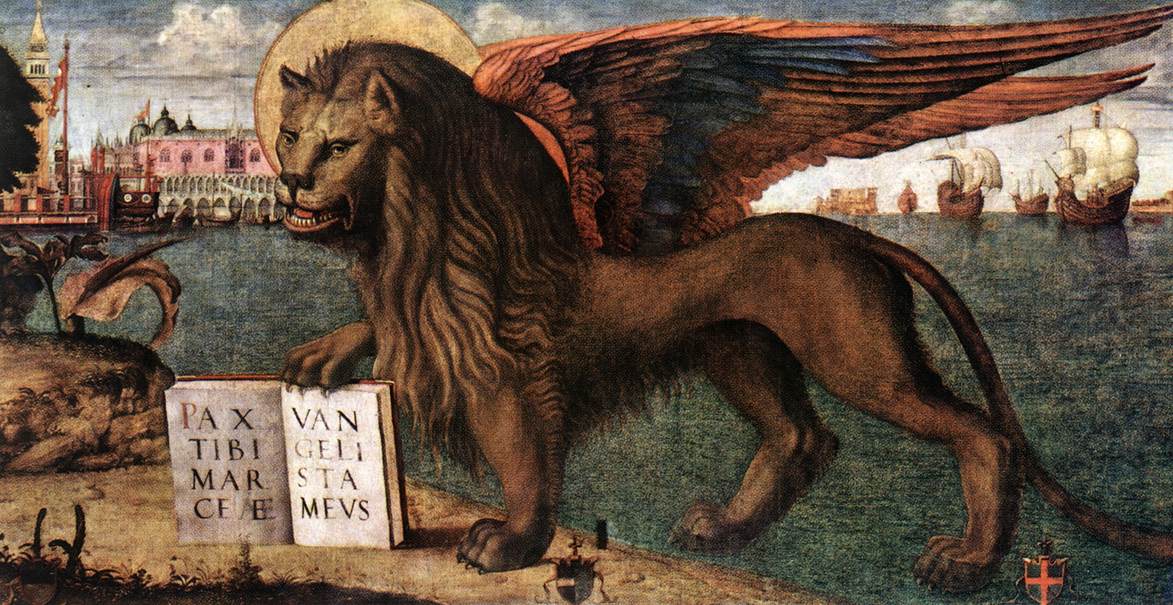
It was a new city, founded in the watery marshes of the northern Adriatic by people fleeing invaders in the 5th century CE.
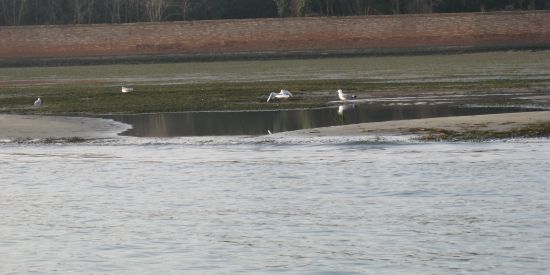
By 639 the church on the island of Torcello marked the presence of a permanent community in the area.



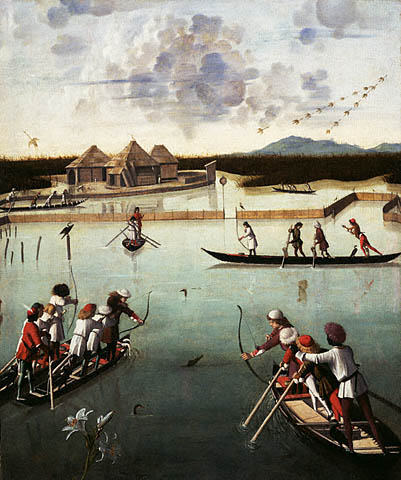
In this painting the 15th-century Venetian artist Carpaccio evokes the days of the earliest settlers on the Venetian Lagoon.
Vittore Carpaccio Hunting in the Lagoon
Below Carpaccio gives a vivid picture of what Venice looked like in his own day.
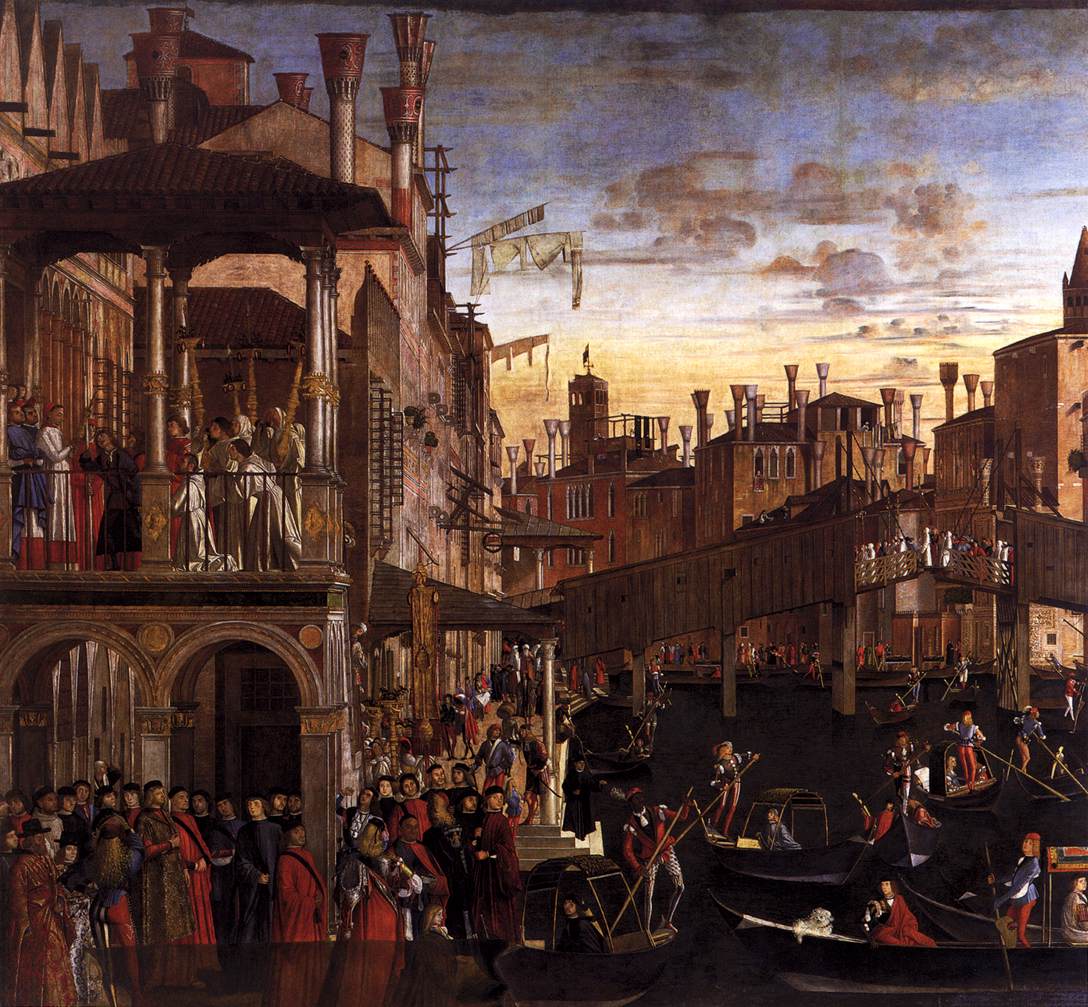
During the 9th century Venice became centered in the area of the Riva Alto or Rialto , where the Rialto Bridge stands. In 1591 Antonio da Ponte replaced the wooden bridge with the stone bridge you see today.
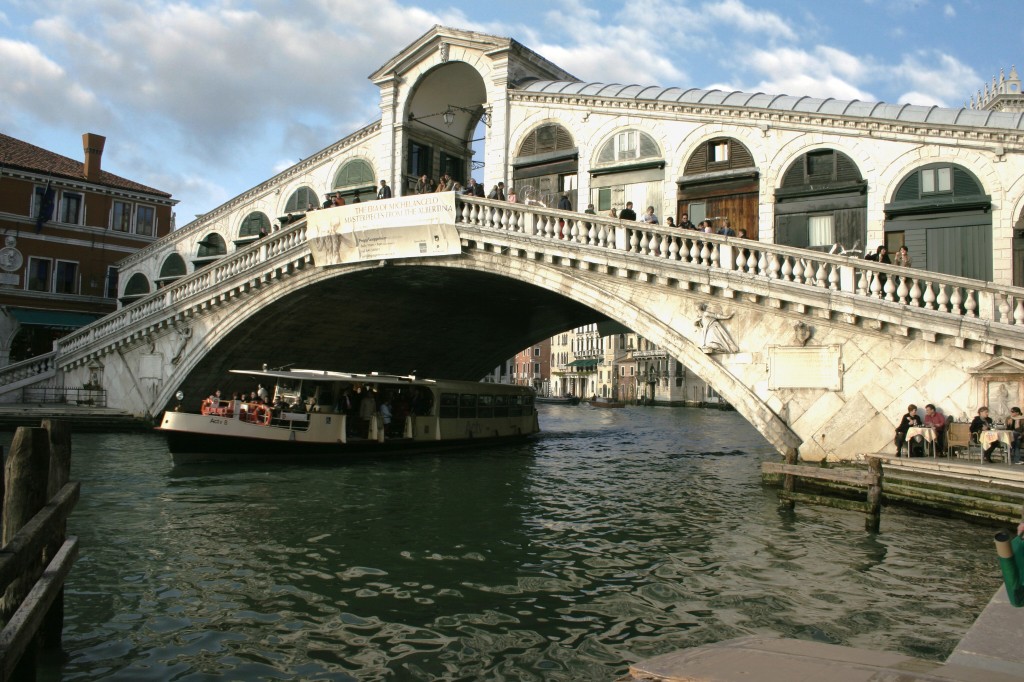
Here is a virtual tour of Venice from Google Maps, with videos of the city today and maps showing how its changes over time.
The Byzantine Emperor Justinian made his base in Italy in the nearby city of Ravenna in 540 CE and over the following centuries, Venice benefited from its close relationship with the Byzantine Empire.

Venice’s Basilica of San Marco, built in the 9th century, shows eastern influence in its domes and in the golden mosaics inside.


The basilica is dedicated to St. Mark the Evangelist. In 828 some Venetian merchants stole the supposed body of the saint from a church in Alexandria and brought it to the city. Those relics lie in a tomb on the high altar of St. Mark’s Basilica.
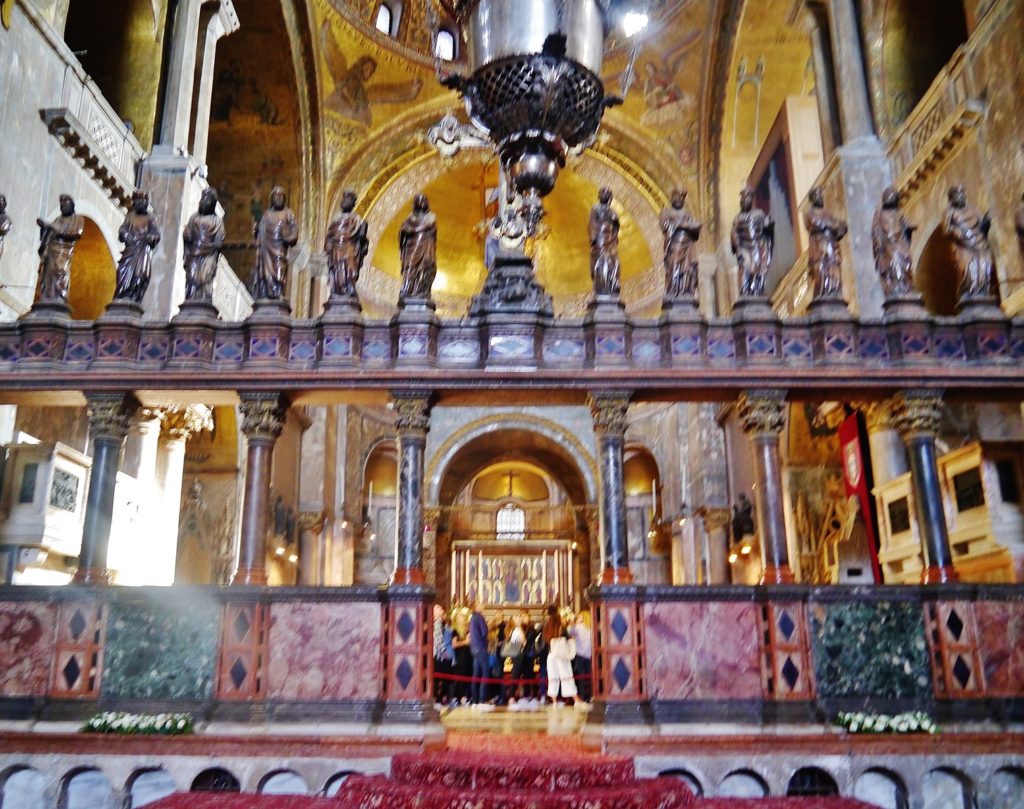
Profiting from trade privileges granted by the Byzantine emperor, Venetian merchants ranged across the Mediterranean and beyond.
The Crusades created economic opportunities for Italy’s maritime republics who provided transportation by sea.
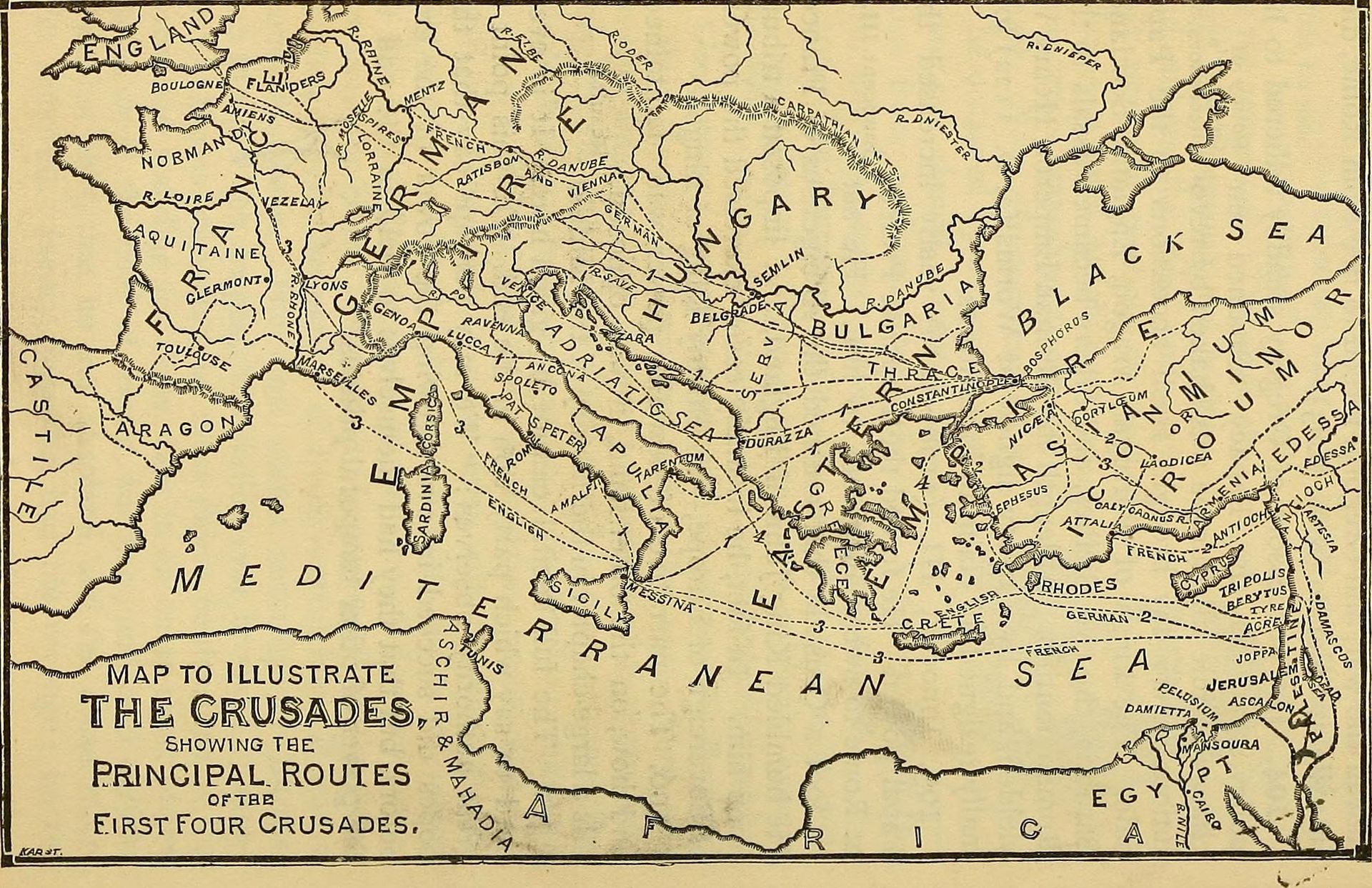
The First Crusade (1096-1099) was especially profitable to the Republic of Pisa.

The Fourth Crusade, in which Venice took the lead, ended in the 1204 siege and sack of the Byzantine capital of Constantinople.
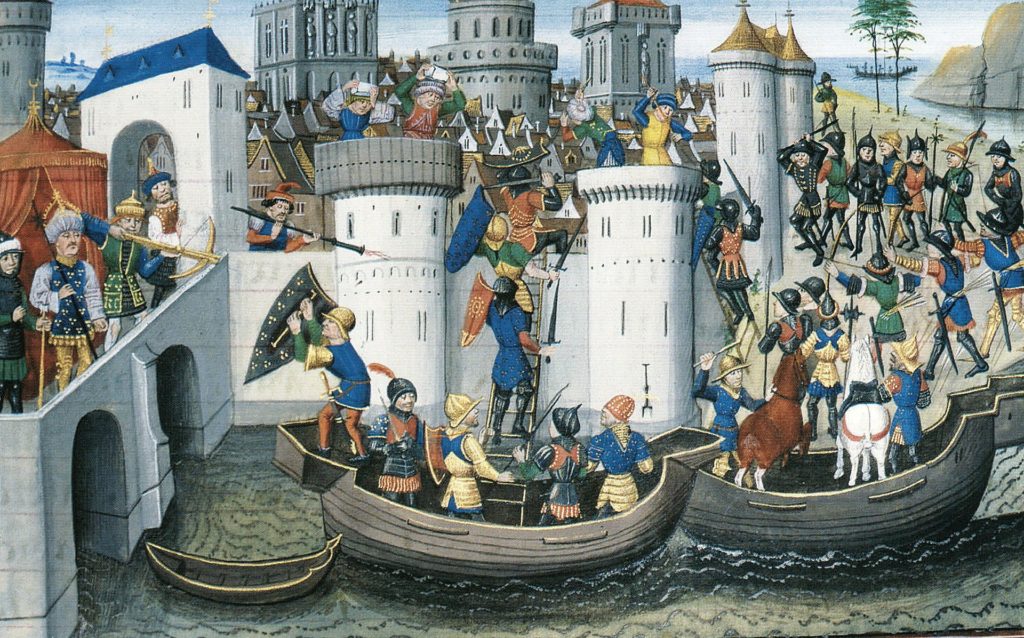
The triumphant Venetians returned with precious treasures they looted, including these ancient bronzes.
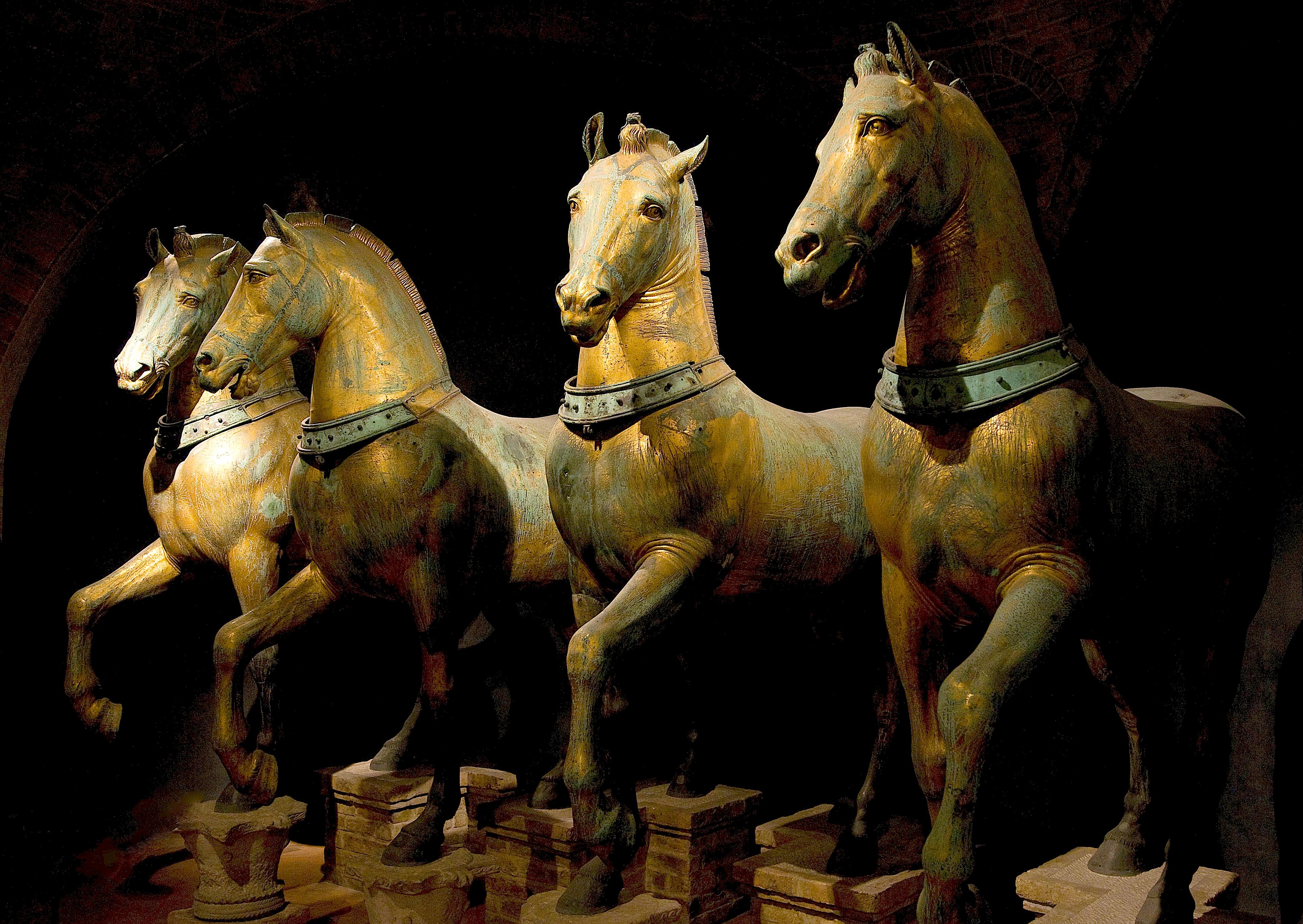
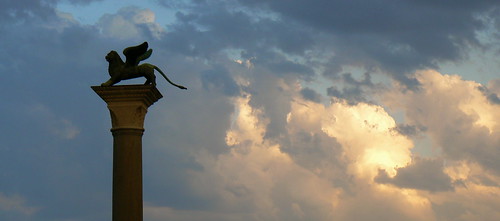
Venice emerged from the Middles Ages as Italy’s most powerful maritime republic; la Serenissima dominated trade throughout the Mediterranean.
Venice’s successes abroad were due not only to the extraordinary drive and energy of its merchants and sailors, but to the political structure of the Venetian Republic, which was run by a closed oligarchy of high-ranking citizens, led by the doge.
Giovanni Bellini, Portrait of Doge Leonardo Loredan
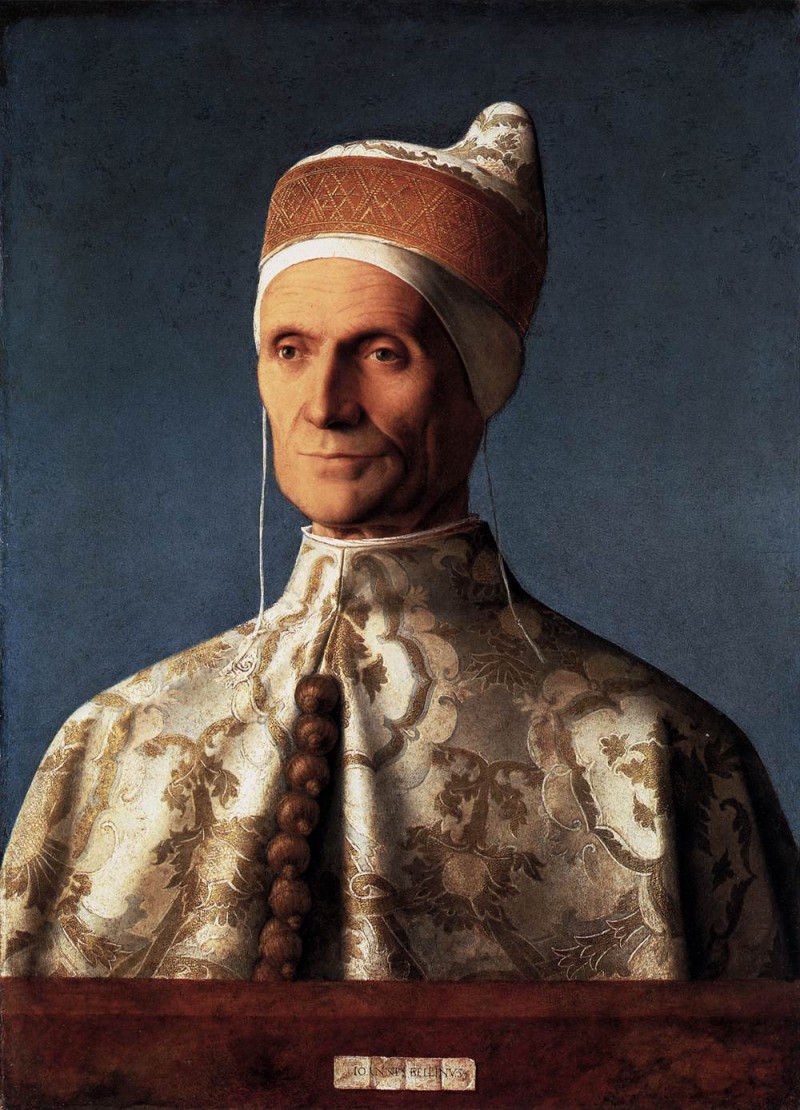
The doge was elected for life, usually when he was quite elderly. He presided over civic and religious ceremonies, such as the Sensa, the Feast of the Ascension. The doge would sail out on his ceremonial barge, the Bucintoro, surrounded by all the aristocracy and toss a golden ring in the water, ritually wedding the sea.
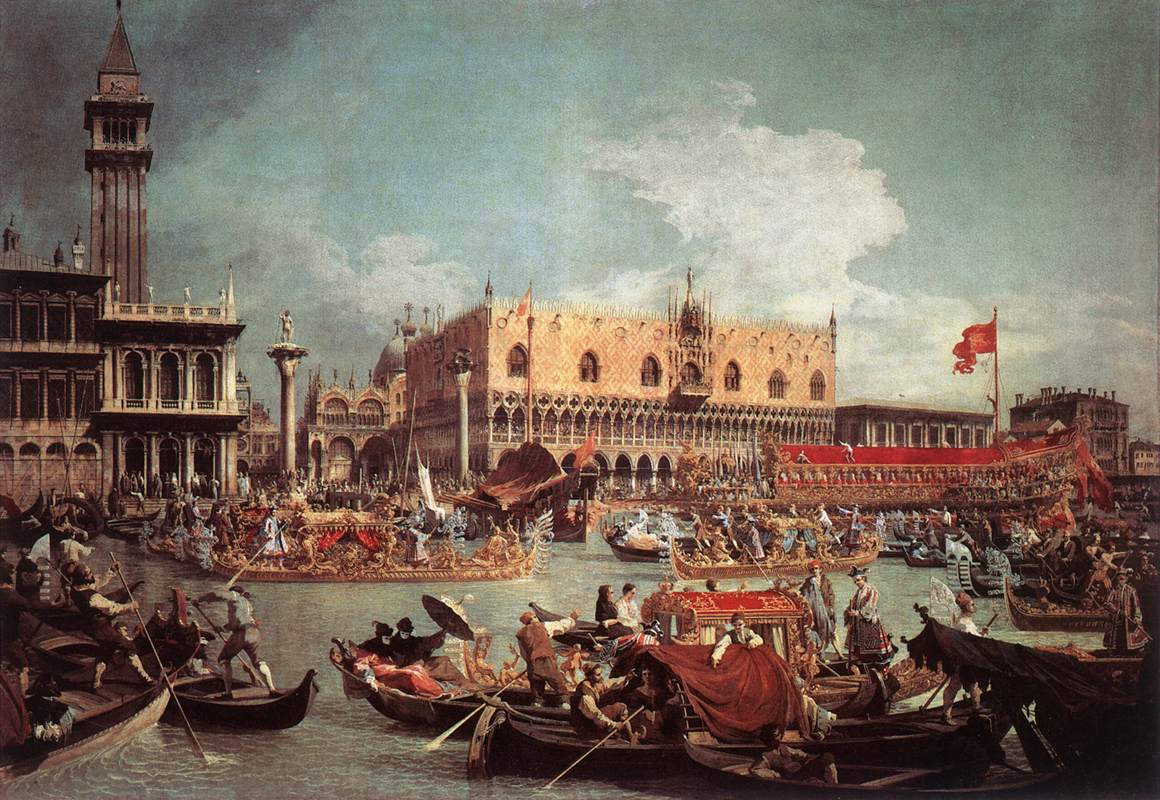
The Venetian Republic had a complex system of checks and balances to limit factionalism and reduce corruption. It also had a harsh, inflexible system of justice overseen by its secret service agency, the Council of Ten.
Hall of the Council of Ten in the Doge’s Palace, Venice
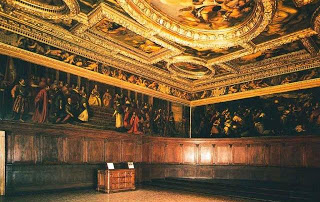
Citizens could place anonymous denunciations into slots in stone structures known as bocche di leone (mouths of the lion).
Venice’s ships were built in the state-owned Arsenal.
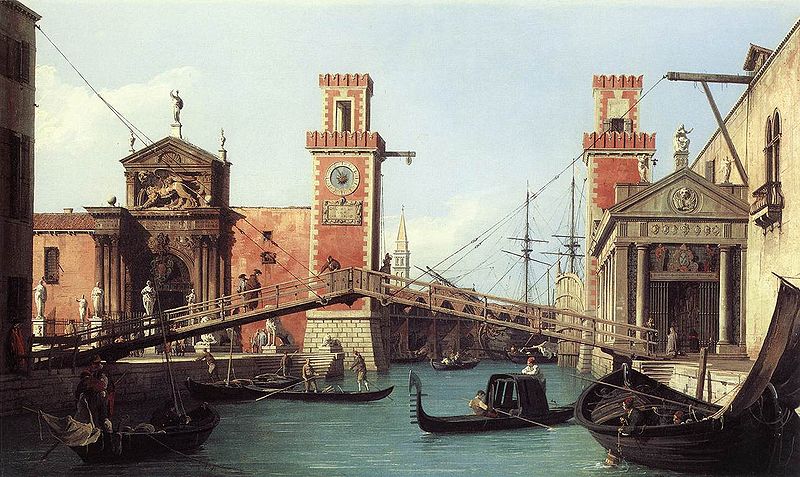
Its merchant galleys could be swiftly converted into fighting ships.
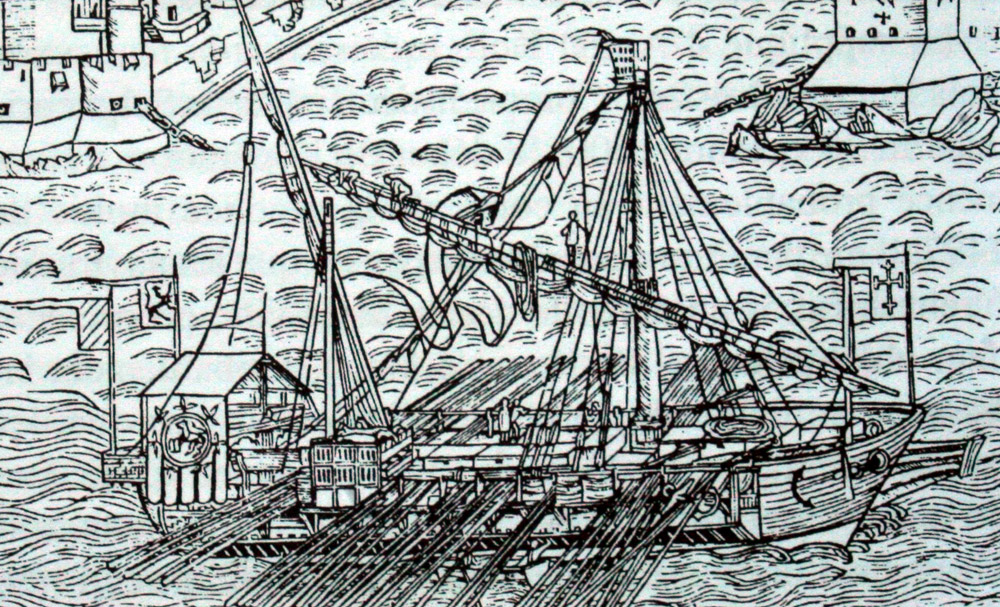
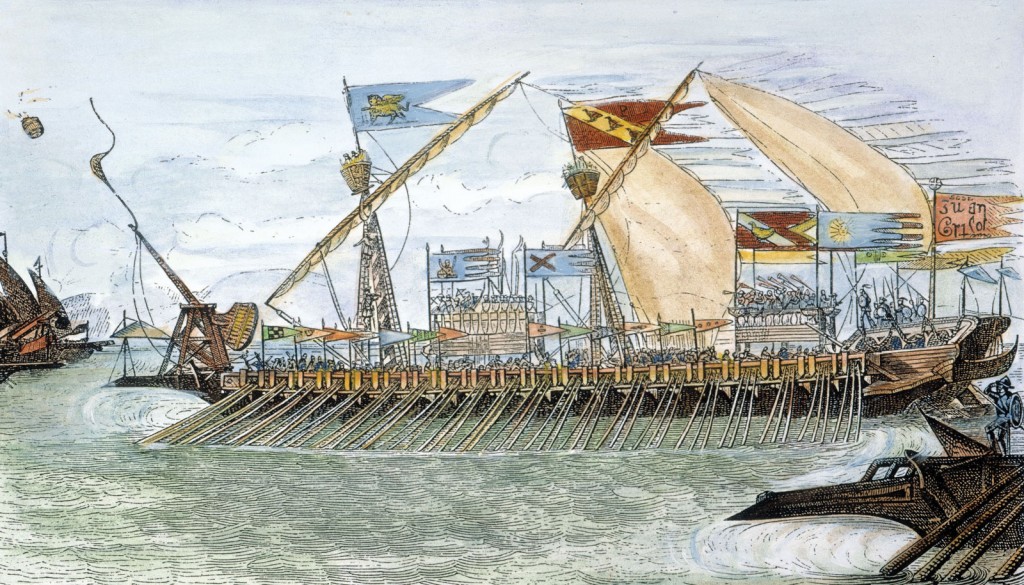
Venice’s landscape, history, and political structures were different from the rest of Italy, so too was its art.
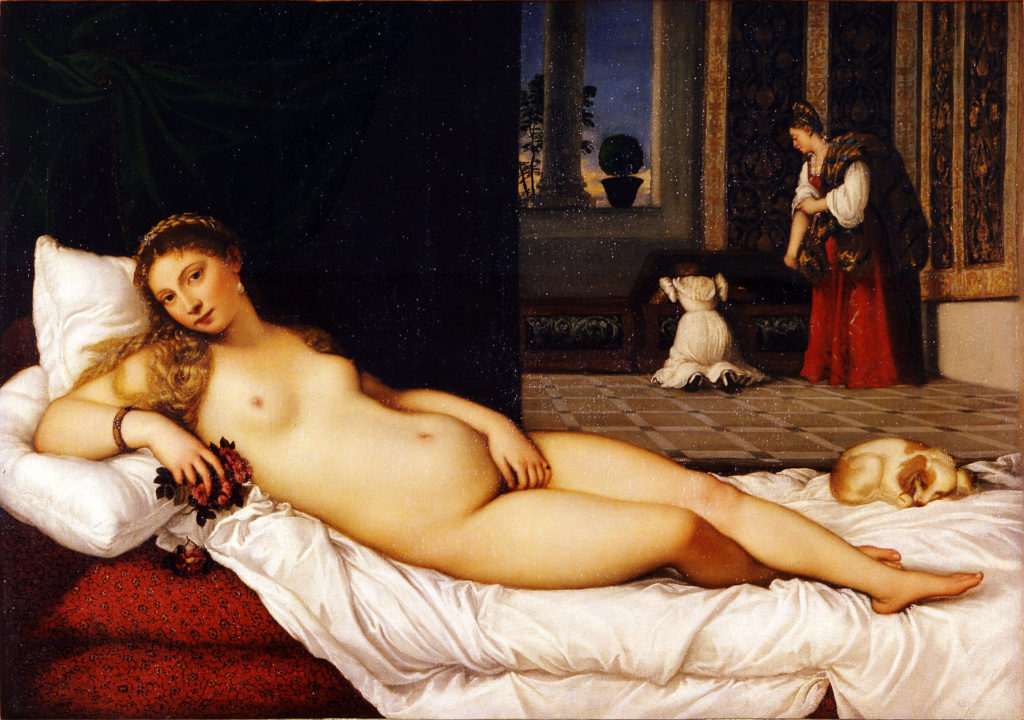
Some artists specialized in documenting life in Renaissance Venice, in the “Eyewitness style” of painting.
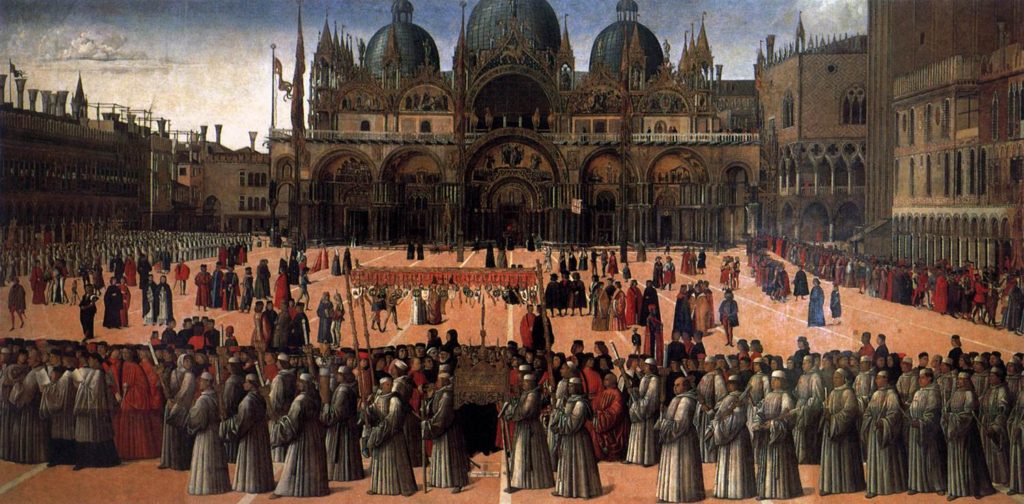
Giovanni Bellini introduced a style of painting referred to as poesia or “visual poetry”
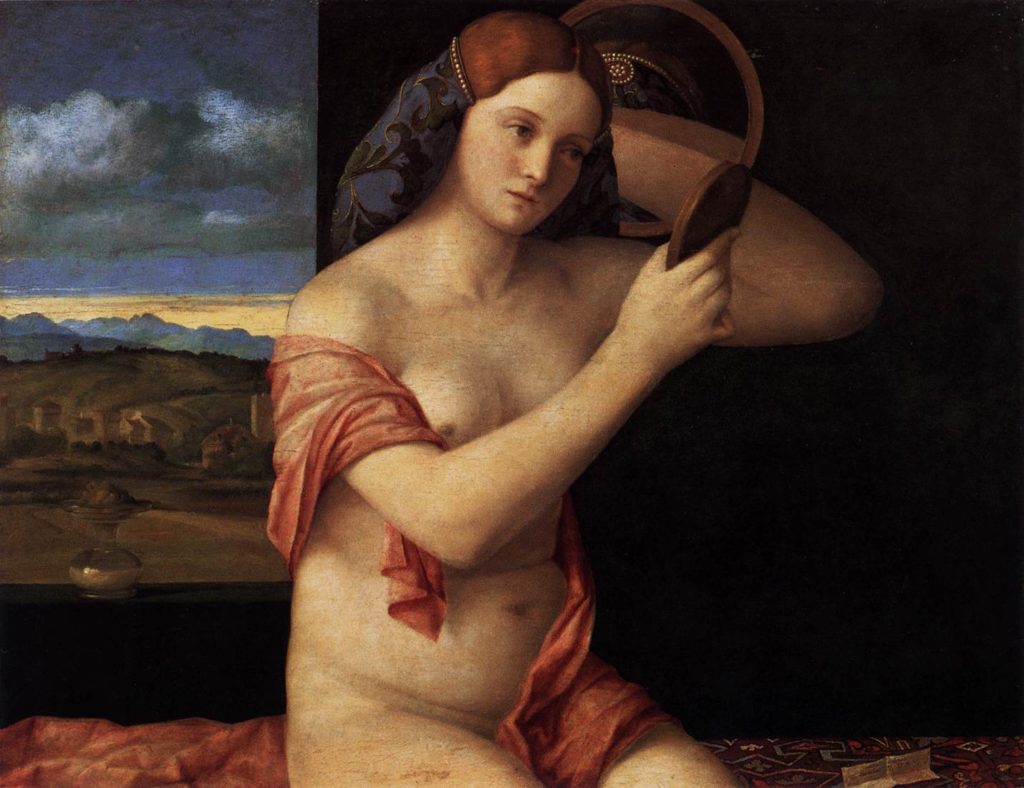
Perhaps the most famous example of “visual poetry” in Venetian art is Giorgione’s Tempest
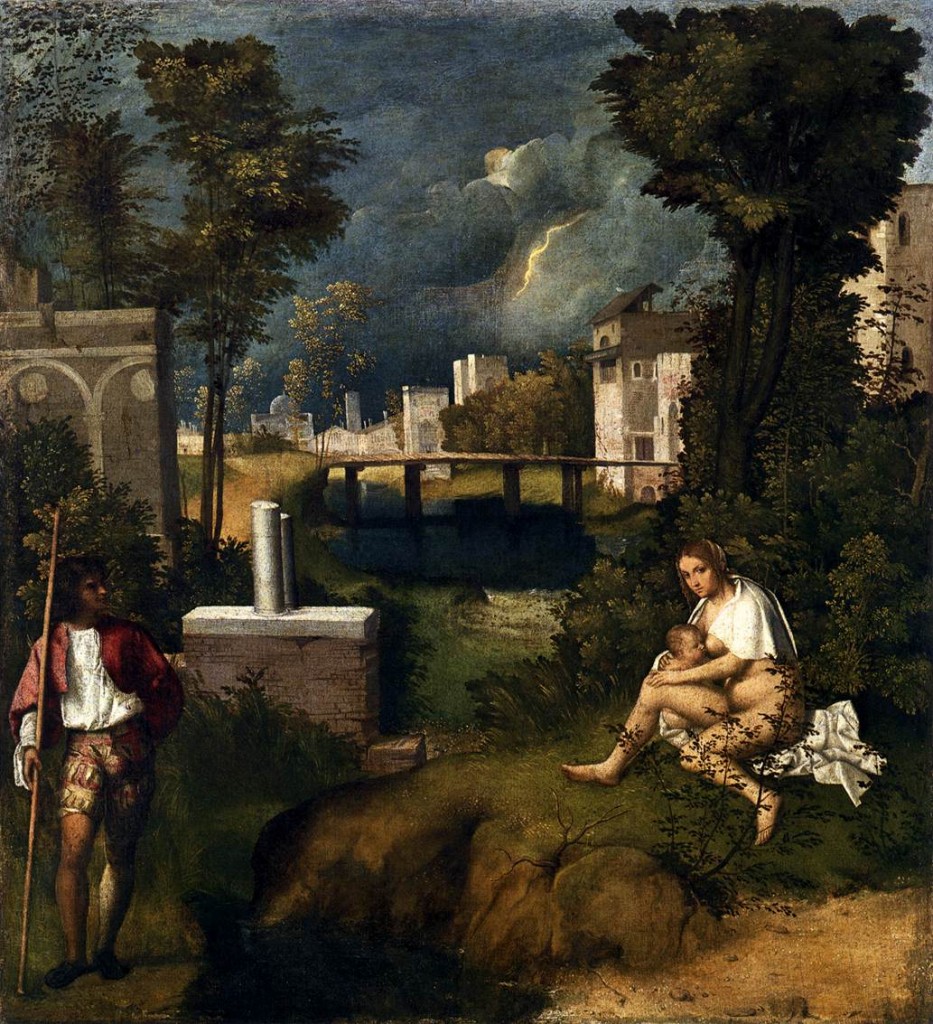
The damp climate was not generally favorable to fresco technique:
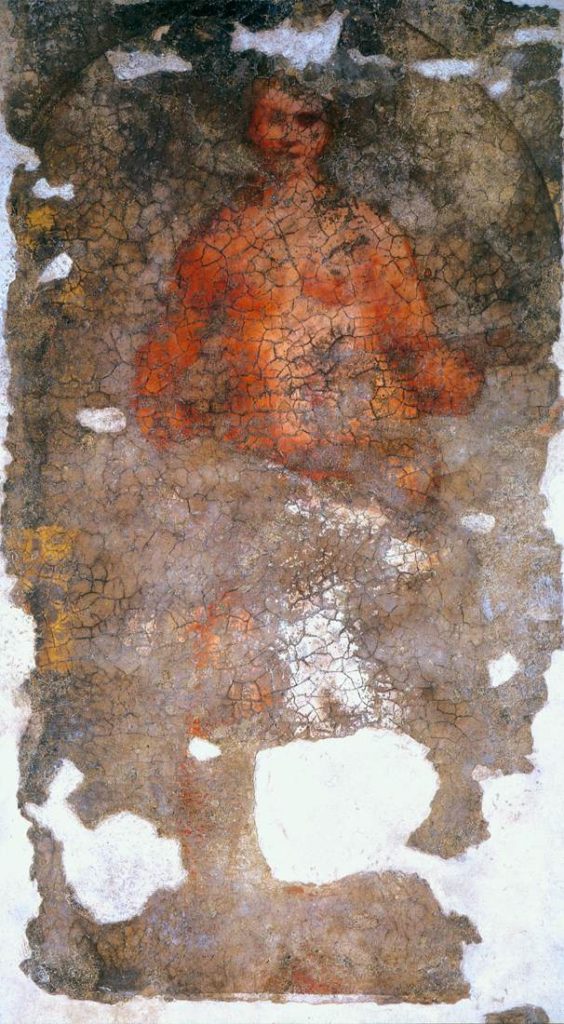
Venetian artists reveled in the richly saturated color effects they could achieve through use of oil paints
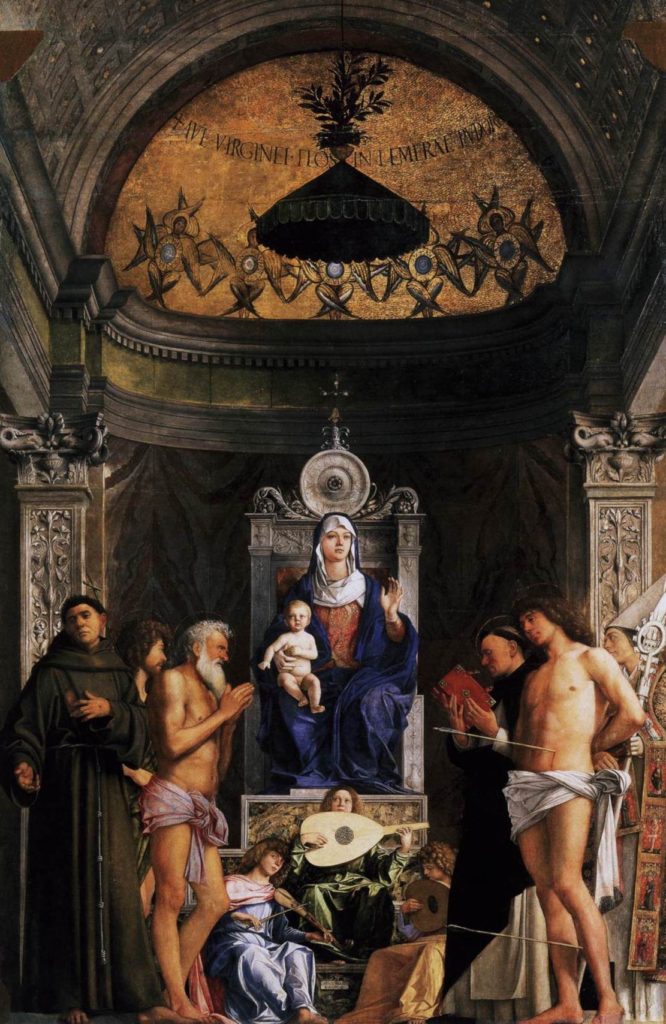
The myth of Venice was strong. Often depicted as a queen, Venice was la Serenissima.
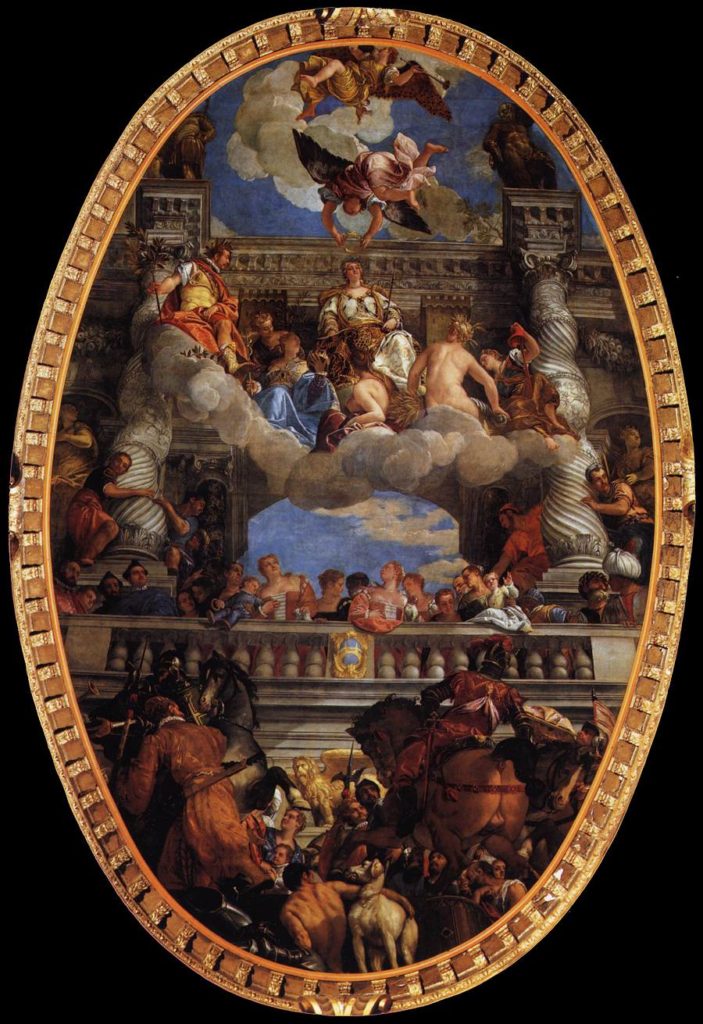
And sometimes artists represented Venice as Venus, goddess of love. Like Venice, she was born from the sea.
